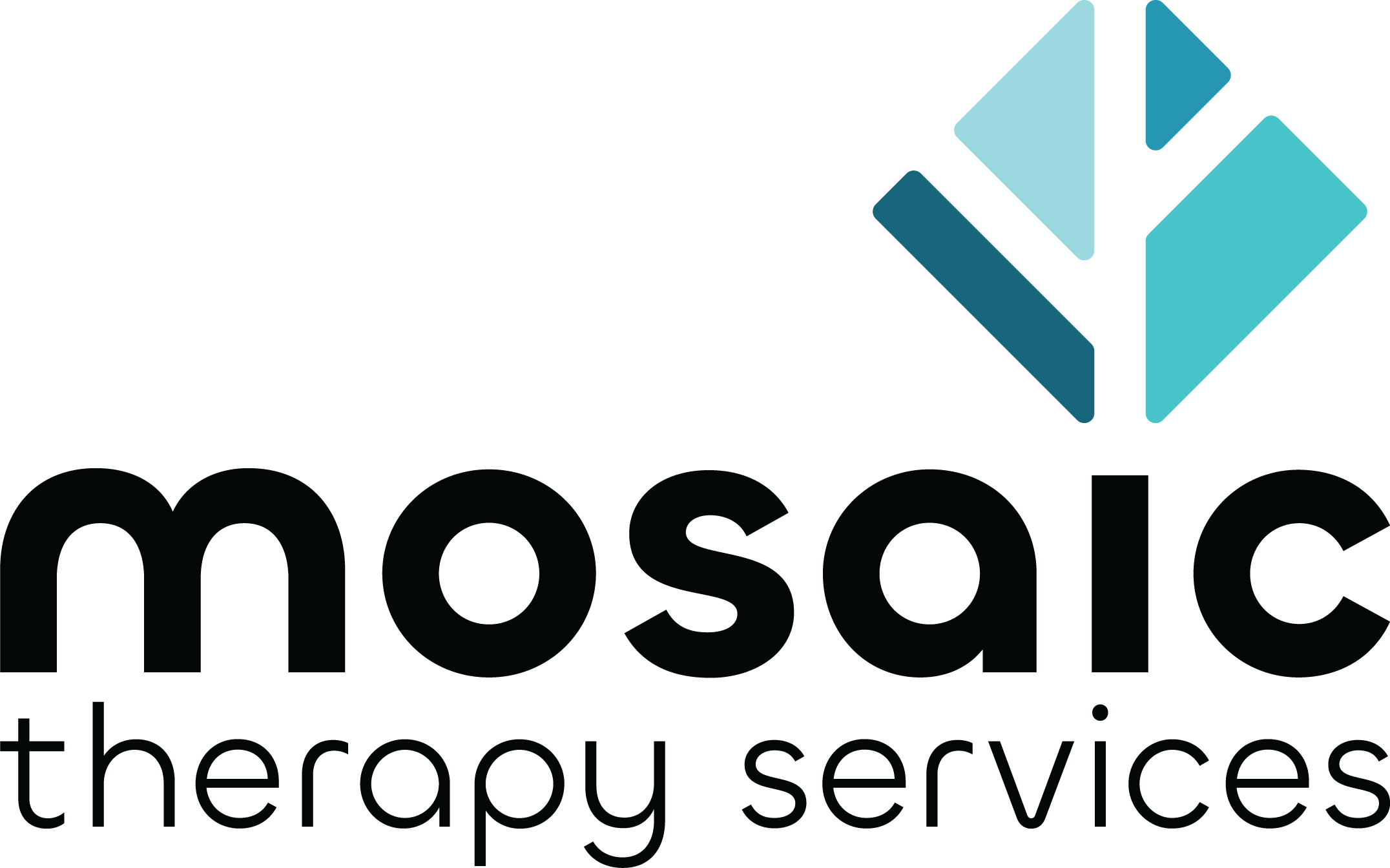
Art Therapy
Art Therapy can be beneficial when traditional verbal therapy is not enough or isn’t working at all. It can provide a unique therapeutic experience for expressing your thoughts and emotions when words alone are difficult. When you are ready and open to explore your internal world from the outside, art therapy can provide a creative, safe and supportive approach for reaching your goals.
How is Art Therapy different from Verbal Therapy?
Both art therapy and verbal therapy can facilitate exploration and expression of your internal world in a trusting relationship with an experienced clinician. Both are designed to assist you with reaching goals related to your well-being. Where art therapy differs is that the process of art making becomes a significant part of this therapeutic experience. It can assist you in digging beneath the surface by visually depicting your internal experience. It can also allow for greater awareness, understanding and acceptance of Self while allowing for containment of difficult material that may surface in the art produced. Whether art or verbal, therapy should be a safe, welcoming and non-judgmental space for you to explore and express your internal world.
What is an Art Therapy session like?
Similar to verbal therapy, there is often a check-in where you can identify target emotions, responses, experiences, or concerns you’d like to explore further or understand. Your art therapist may then invite you to:
- visually depict some aspect of what you shared by offering an assortment of materials to explore;
- engage in a specific art experience in order to explore what you want to address further;
- experiment with art material while verbally processing further to see what might surface;
- communicate however you feel you may need, through art, verbal communication, or some other therapeutic technique.
But I'm not an artist, how will Art Therapy benefit me?
No artistic skill or training is necessary for art therapy. You do not need to create a masterpiece or “beautiful” art. Many clients have not picked up a crayon since childhood. All sessions are individualized to meet your needs.
While it may initially feel uncomfortable, art expression can help you:
- focus on identifying and validating emotional responses and can facilitate connection between the mind and body;
- visualize and allow for integration of often conflicting emotions;
- increase self-efficacy through experimentation with alternative creative responses;
- understand difficult emotions and the impulse to self-regulate through what can sometimes be self-harmful behaviors;
- increase insight and self-compassion through creative experimentation.
About Art Therapy and Trauma
Many individuals are referred to or seek art therapy specifically to assist them in processing trauma. This is because research has shown that traumatic memories are stored in the part of the brain that art making can directly access. This means art therapy can be of particular benefit because creating art can:
- assist with recall, processing and resolving previously inaccessible traumatic memories;
- engage both hemispheres of the brain and allow for integration of non-verbal and narrative memory;
- provide a safe degree of distancing between the individual and the traumatic content being communicated via the image, which can allow these memories to be experienced as less overwhelming;
- allow for engagement with the uncomfortable material useful in facilitating healing particularly with pervasive, ongoing, and complex trauma.

